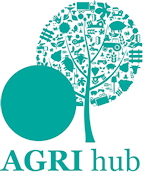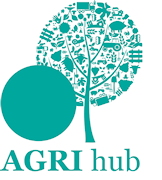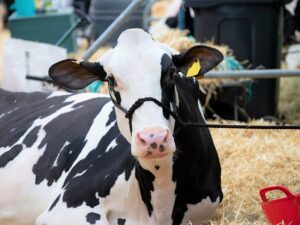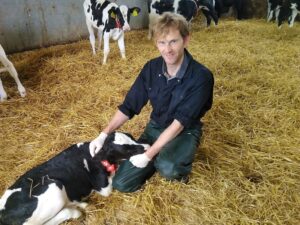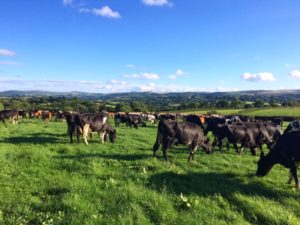 Farmers must focus on profitability rather than maximum production to secure the future of their business without subsidy payments – and improved grazing could the answer.
Farmers must focus on profitability rather than maximum production to secure the future of their business without subsidy payments – and improved grazing could the answer.
As farm subsidies are due to be phased out by 2027, farms will need to be profitable enough to operate without these payments, according to James Daniel, founder at Precision Grazing. Speaking at a recent Crediton Milling Company (CMC) meeting in Devon, he suggested that farmers should look at their optimum rate of production – not the maximum, and consider both stocking rates and labour.
Mr Daniel said it was important to make this shift before the impending change to farm payments, rather than leaving it until afterward.
Optimising the use of grazed grass is one way to help profits, with three golden rules of grazing. “You need to understand the basics of how grass grows and how to look after it,” said Mr Daniel.
Firstly, grass grows more grass: With moisture, sunlight and leaf area, the grass will grow. “Farms that are bare over the winter won’t see spring growth until May.” However, those that carefully manage and rotationally graze their grass will see a much longer growing season. “Average farm grass coverage is a pretty powerful tool to encourage early spring growth.”
Secondly, animals shouldn’t be in the same field for over a week, otherwise they end up eating grass regrowth. “Three to five days’ grazing is ideal,” explained Mr Daniel.
Grass uses energy from photosynthesis for regrowth, and produces liquid carbon to feed the soil biology, which encourages nutrient transfer. This is a process that artificial fertiliser interferes with, as the grass stops producing liquid carbon, which hampers the natural soil biology.
Grazing cattle is a great way to encourage healthy soil biology and organic matter, said Mr Daniel. “It’s quite simple to get that biology back if you’re grazing stock. By following the rules of grazing you will grow more grass and use less fertiliser.”
Finally, it’s important to allow an appropriate rest period for the field to recover. “This can be anywhere from 14 to 140 days and is probably the hardest part of grazing,” said Mr Daniel. “The challenge is that grass growth changes throughout the year, so there’s no such thing as the perfect rest period.” Grass needs a long enough rest period to recover its root reserves, so that when it is next grazed it is quick to recover.
Adding diversity to a sward, breaking fields up into small paddocks to have shorter grazing times and longer rest periods – aided by mobile drinkers – will all make this manageable.
However, Mr Daniel warned producers to first understand where their business is right now, before making changes. “What do you need to do to be profitable? Any changes to increase production need to be cost-effective.”
Grazing and grassland management are key cost effective methods to secure the future of livestock production in light of Brexit, although each farm should take a bespoke approach, said Joe Banks, red meat ruminant specialist at CMC.
“Take stock of your farm in order to measure any changes and their effect on farm profitability,” he advised. “Look at the land and assets you have and then decide on the best course of action to make the most of each farm. Ultimately, farmers can increase profitability through best utilisation of farm assets – in many cases this is grass.”
